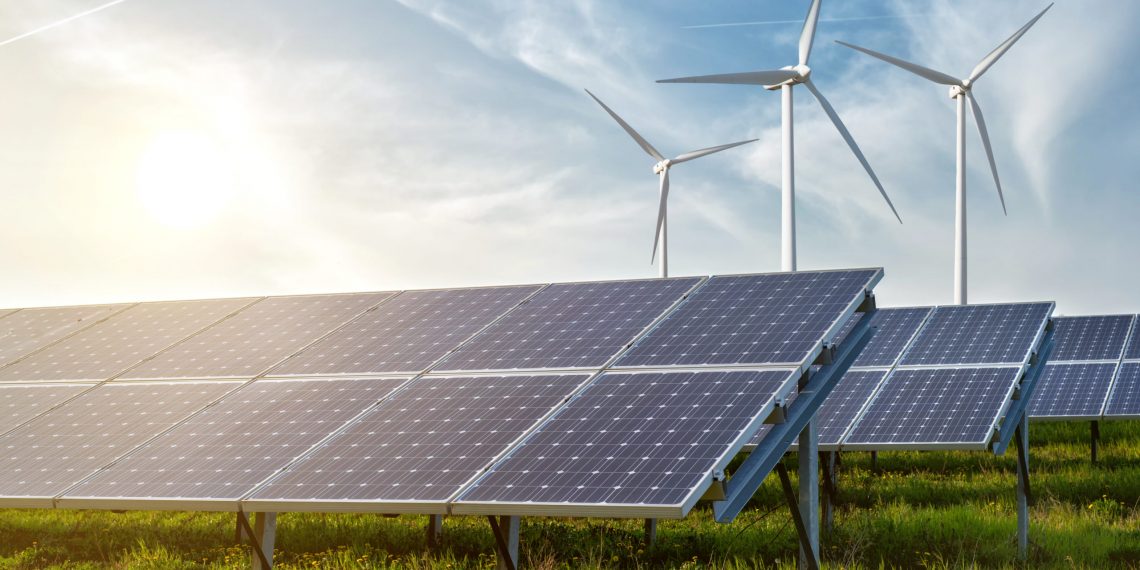
By Allen Austin, ABB
Renewable energy has arrived, and it makes up the majority of new generating capacity being added in the United States. The US Energy Information Administration projects renewables’ share of the national generation mix will rise from 21 percent in 2020 to 42 percent in 2050, even as the federal tax credits for both wind and solar close out over the next few years.
Wind power had a banner year in 2020 with a single-year record of 12GW of new capacity additions and, on December 23, 2021 a new daily record of 1.76 million MWh or around 17 percent of total generation. Solar added slightly more new capacity, 15.4GW, accounting for 39 percent of the total, the largest contribution of any generation type.
Most of the growth in renewable generation is in utility-scale projects and by now America’s utilities have gained a good deal of experience in bringing wind and solar projects online. Still, there are a few things to keep in mind.
Look for modular, integrated solutions
Solar PV equipment manufacturers already package modules, inverters, and tracking systems — the same can be found with balance-of-plant (BoP) equipment like transformers, breakers, and collection systems. Even if the utility is working with an EPC, they can still exert some influence over equipment selection. If the utility is managing its own project, consider single sourcing as an alternative to managing a patchwork of low-cost suppliers. Plug-and-play compatibility at the beginning and a long-term relationship for support after the sale can add considerable value over the life of the plant (20 years in some cases).
Budget for O&M
This may seem obvious, but small line items can be essential to preserving uptime and project economics. Today, there are a number of inspection technologies that can spot potential problems before they can cause a failure. Infra-red (IR) and x-ray devices can see into switchgear and transformers while they are still energized. Oil sampling is also highly recommended to identify dissolved gases in transformers that can cause catastrophic failure, and to take remedial action before that happens. Inspection services using these capabilities are readily available from OEMs and third party providers.
Mind the data
Set the plant up for performance and condition monitoring from the beginning. The cost of capturing the requisite data continues to fall with the cost of sensors and related systems. Smart relays and breakers, for example, can flag potential problems as well as providing operational data in real time. Meanwhile, the same data flows feed condition-based maintenance that allows asset owners to direct O&M spending toward only those devices that actually need it. Data-driven O&M can make the difference between a project that is profitable/bankable and one that is not.
As coal retirements continue and renewables—often in remote locations—fill the capacity void, best practices will take on more and more importance, particularly as tax incentives begin to phase out. The knowledge and experience utilities are gaining now will serve them well in a future dominated by renewable generation.
About the Author
Allen Austin is the Senior Renewable Energy Market Development Manager at ABB Electrification USA. He began is work with the Renewable Energy market in 2008 with ABB Inc Low Voltage, where he developed and launched the local USA Low Voltage Products division strategy for the solar market. Within two years, he achieved more than 8X growth in solar. Since then, his responsibilities have expanded to all renewables including wind, energy storage and power generation for the Electrification Division-Americas with focus on the USA. Interests include all aspects of renewables, such as OEM’s utilities, developers, EPC’s, contractors, specifiers, distributors and industry associations.




